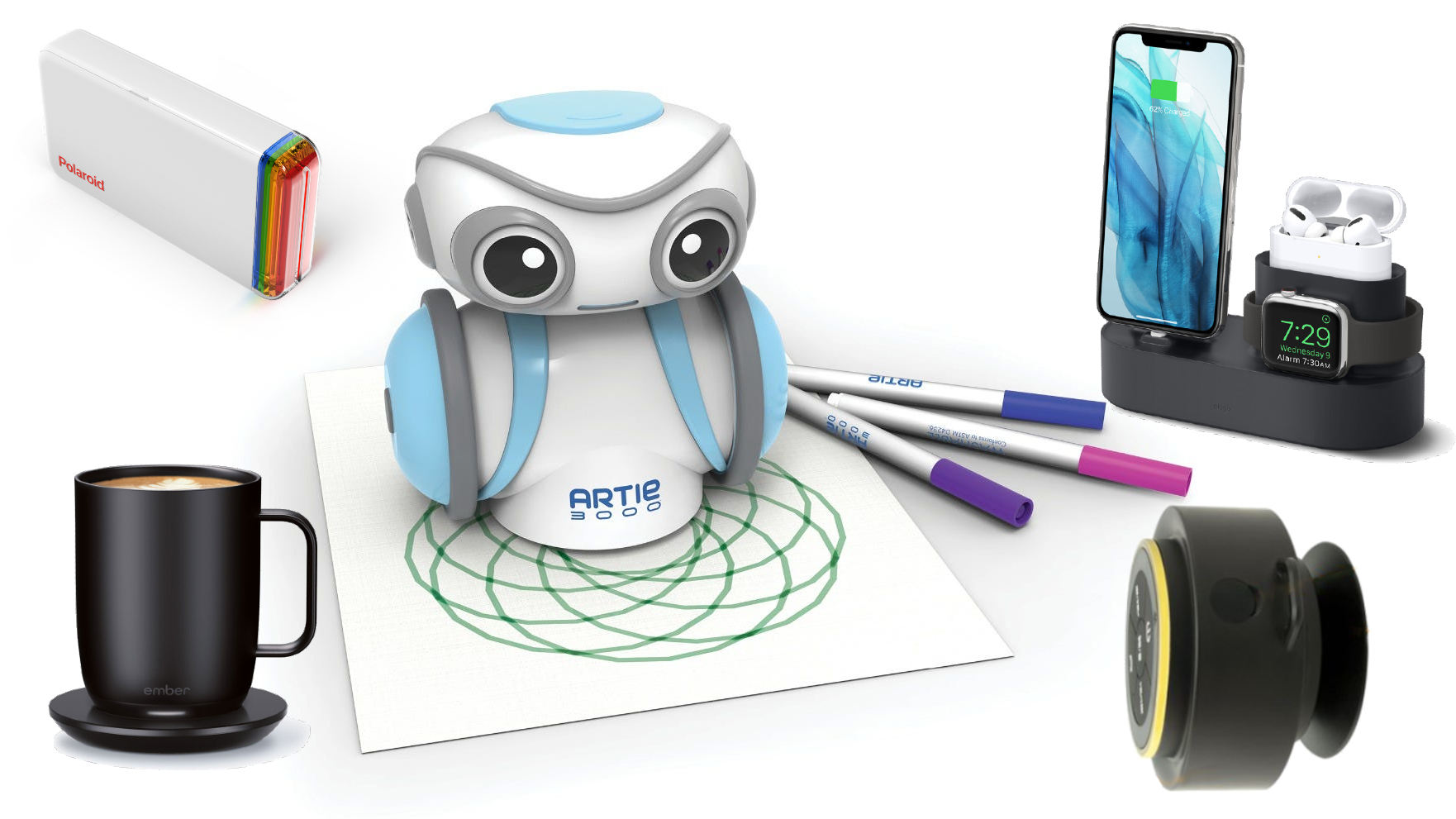Are you a radiology tech looking to explore new opportunities in the field of medical imaging? Transitioning from a radiology tech techluver.com/ to a sonographer could be the perfect career move for you. While both roles involve working with medical imaging equipment, they differ in responsibilities and required skills. This article will guide you through the process of making the switch and provide valuable insights into the steps involved.
Table of Contents
Understanding the Roles: Radiology Tech vs. Sonographer
Explaining the roles and responsibilities of a radiology tech
Radiology technicians, also known as radiologic technologists, are responsible for performing diagnostic imaging examinations, such as X-rays, MRIs, and CT scans. They work closely with radiologists to capture images of patients’ internal organs and tissues for diagnostic purposes.
Detailing the duties and tasks of a sonographer
Sonographers, on the other hand, specialize in using ultrasound technology to produce images of the body’s internal structures. They perform ultrasound examinations to help diagnose various medical conditions, such as pregnancy complications, heart disease, and abdominal disorders.
Educational Requirements for a Radiology Tech
Associate’s degree vs. Bachelor’s degree
Most radiology techs complete an associate’s degree program in radiography, which typically takes two years to complete. However, some employers may prefer candidates with a bachelor’s degree in radiologic technology, which offers more advanced coursework and clinical training.
Licensing and certification
In addition to completing a formal education program, radiology techs must obtain state licensure or certification to practice. Requirements vary by state but typically include passing a national certification exam administered by the American Registry of Radiologic Technologists (ARRT).
Transitioning to Become a Sonographer
Assessing transferable skills
As a radiology tech, you already possess many transferable skills that are applicable to sonography, such as knowledge of medical imaging techniques, patient care experience, and proficiency in operating imaging equipment.
Additional education and training required
To transition to a career as a sonographer, you may need to pursue additional education and training in ultrasound technology. This could involve enrolling in a diagnostic medical sonography program at a vocational school, community college, or university.
Steps to Transition
Researching sonography programs
Begin by researching accredited sonography programs in your area or online. Look for programs that offer comprehensive coursework in ultrasound physics, anatomy and physiology, and clinical practice.
Applying for admission
Once you’ve identified potential programs, submit your application materials, including transcripts, letters of recommendation, and a personal statement outlining your career goals and motivations for pursuing sonography.
Completing required coursework and clinical training
Upon acceptance into a sonography program, you’ll complete a combination of classroom instruction and hands-on clinical training in ultrasound imaging techniques. Be prepared to dedicate time and effort to mastering the necessary skills.
Gaining Practical Experience
Internships and externships
Many sonography programs offer opportunities for internships or externships at hospitals, clinics, or imaging centers. These experiences provide valuable hands-on training and may lead to job opportunities upon graduation.
On-the-job training opportunities
Once you’ve completed your formal education and training, consider seeking on-the-job training opportunities to further develop your skills and gain experience in different clinical settings.
Obtaining Licensure and Certification
Understanding the requirements
After completing your education and training, you’ll need to obtain licensure or certification as a diagnostic medical sonographer. This typically involves passing a certification exam administered by a recognized credentialing organization, such as the American Registry for Diagnostic Medical Sonography (ARDMS).
Preparing for exams
Prepare for certification exams by reviewing study materials, taking practice tests, and participating in review courses or study groups. Be sure to familiarize yourself with the exam content and format to maximize your chances of success.
Networking and Professional Development
Joining professional organizations
Networking with other sonographers and healthcare professionals can provide valuable support and resources as you transition to your new career. Consider joining professional organizations such as the Society of Diagnostic Medical Sonography (SDMS) or the American Institute of Ultrasound in Medicine (AIUM).
Attending conferences and workshops
Stay updated on the latest developments in the field of medical imaging by attending conferences, workshops, and continuing education seminars. These events offer opportunities to learn new skills, earn continuing education credits, and network with industry experts.
Finding Employment Opportunities
Job search strategies
Explore various job search strategies, including networking, online job boards, and career fairs, to find employment opportunities in sonography. Tailor your resume and cover letter to highlight relevant skills and experiences.
Crafting a resume and cover letter
When applying for sonography positions, emphasize your education, training, and clinical experience in diagnostic medical sonography. Highlight any specialized skills or certifications that make you a strong candidate for the position.
Navigating the Job Market
Exploring different healthcare settings
Sonographers can work in a variety of healthcare settings, including hospitals, clinics, imaging centers, and physician offices. Explore different employment options to find the best fit for your interests and career goals.
Understanding job prospects and salary expectations
Research job prospects and salary expectations for sonographers in your area. Consider factors such as demand for sonography services, geographic location, and years of experience when evaluating job opportunities.
Overcoming Challenges
Adjusting to a new role
Transitioning to a new role can be challenging, but with dedication and perseverance, you can succeed in your career as a sonographer. Be open to learning new skills and adapting to different work environments.




